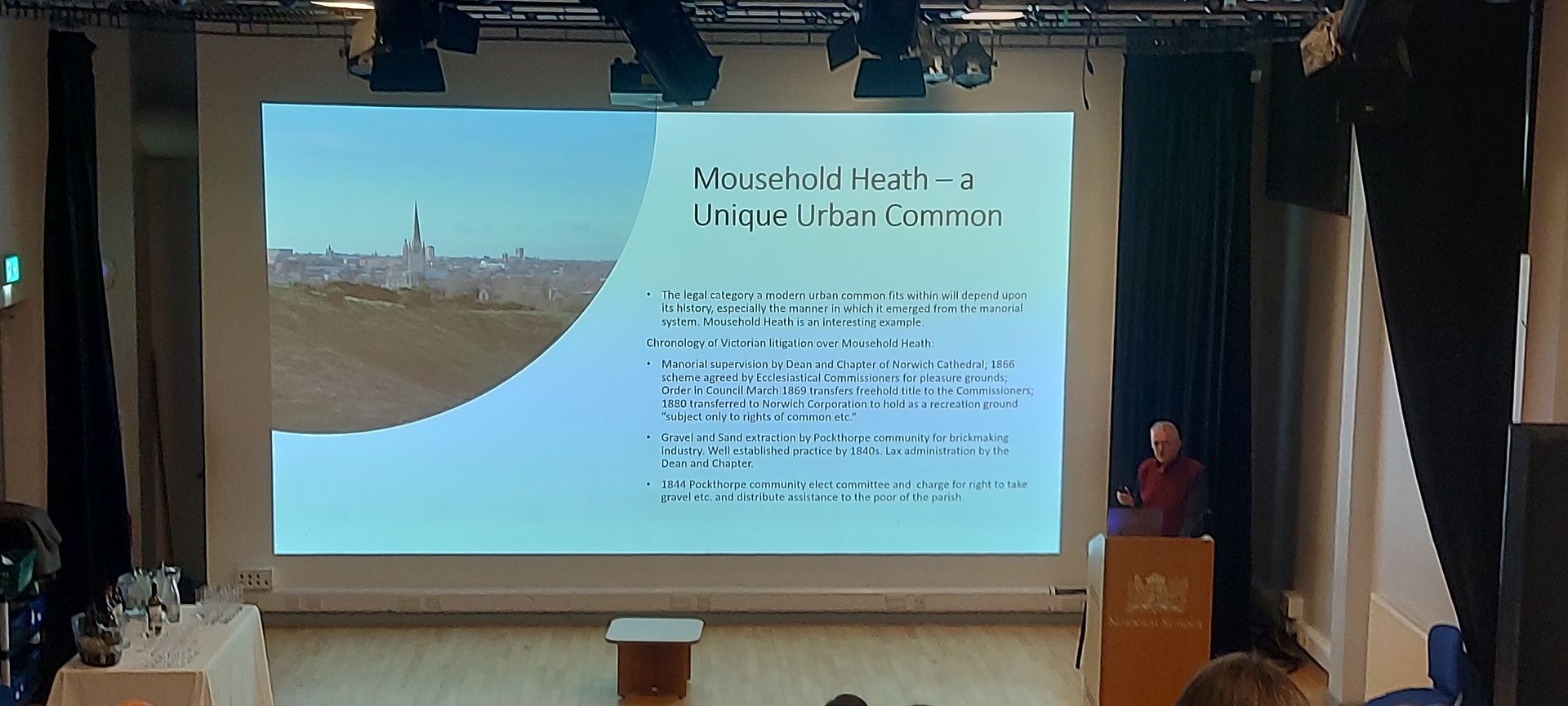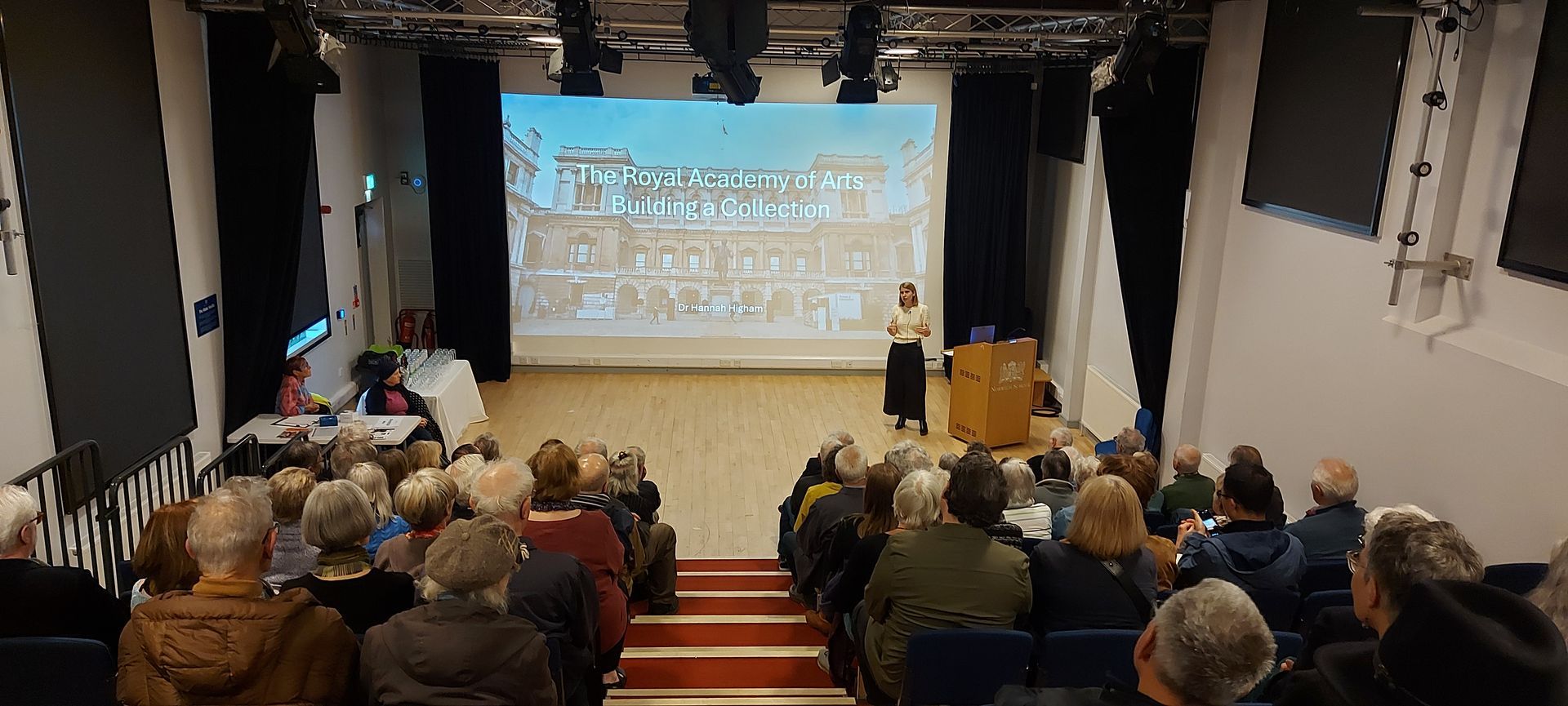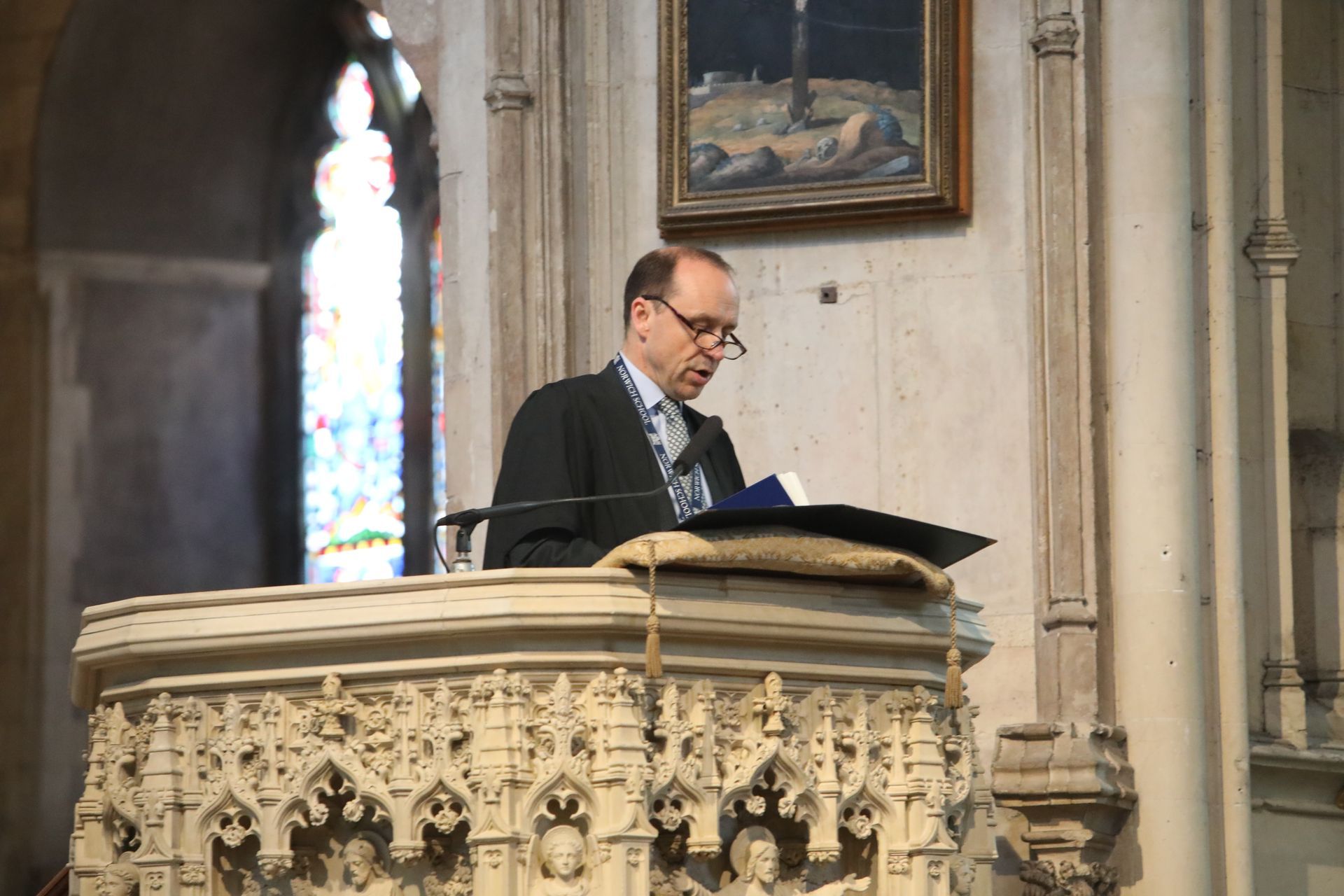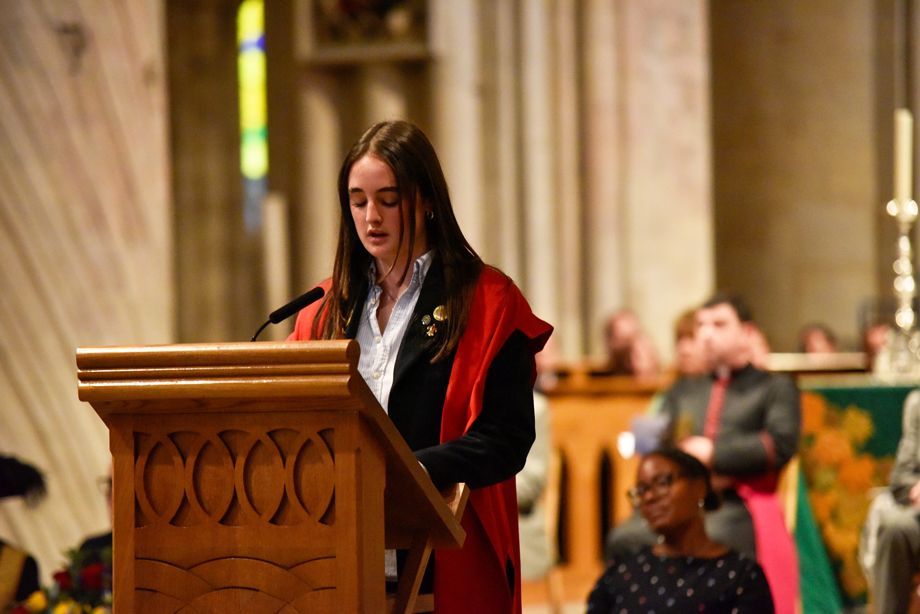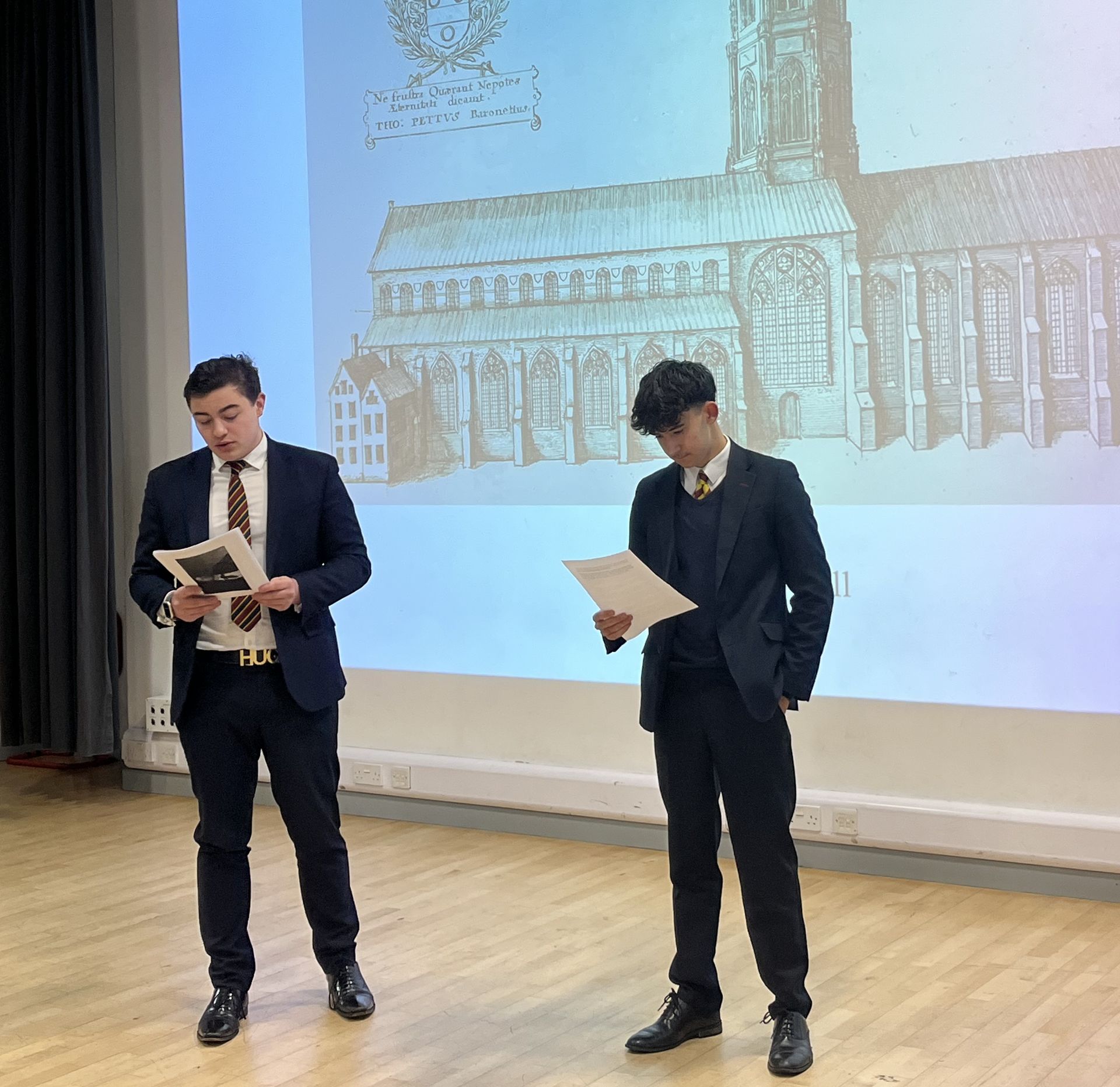The History of Brooke House - An Assembly
November 25, 2024
Brooke House enjoyed celebrating various individual awards and then hearing from our Horatio House Prefects where they enlightened pupils on some details about the history of Brooke House.
Norwich School is said to be one of the oldest schools in the United Kingdom. Having a traceable history back to 1096 as a grammar school founded by Herbert de Losinga (1st Bishop of Norwich), it was moved to Blackfriars Hall (where House Shout used to take place) following a successful petition to Henry VIII. After a royal charter had been granted by Edward VI, the school was refounded and moved to the main cathedral site as we know it today, obviously without Upper King Street!
The school was originally comprised of just one house, School House, for those who boarded. ‘School End House’ was where the boarders would have slept – this would have been possible as there were far fewer than the 1,020 pupils the school has today. The school was divided into the eight houses in the early 20th century, one of those being Brooke House, named after Sir James Brooke. The three of us, as Horatio House Prefects, thought that it is important to understand the history of Brooke house.
Sir Brooke was born on the 29th April 1803 in Bandel, not far from Calcutta, India. His father, Thomas Brooke, was a Court of Appeal Judge in Bareilly, British India. Bareilly, from the 17th century to 19th century was part of a collection of Indian provinces governed by the British. His mother was born in Hertfordshire and was the daughter of a Colonel.
Having stayed in India until 1815, Sir James Brooke was sent to England for an education. He first attended Norwich School, boarding, showing a great interest in drawing. He was, notoriously, however not a fan of Latin and this led him to run away from school in the following years. Another area that Brooke found an interest in was that of sailing, and many attributed his skills to the teaching at Norwich School.
After leaving Norwich, Brooke was tutored in Bath and returned to India in 1819 as a junior rank in the Bengal Army, for the British East India Company, a joint stock company that imported and exported goods to and from India, and is said to be one of the most powerful corporations in history. Just a few years later, Brooke fought in the First Anglo-Burmese War and was badly wounded in 1825. He was sent by boat to England to recover, and returned to Madras, now known as Chennai, in 1830. He was, however, too late to join his unit, and returned to England on the Castle Huntley.
Having resigned his commission into the Bengal Army, Brooke was unemployed. He began trading goods such as spices, coffee and coal in the Far East (likely China along its trade routes) but this was not as lucrative as it first seemed. In 1835 however, Sir James Brooke inherited what was then £30,000, a sum of £3.2 million in today’s money. With that money he purchased a ship, the Royalist, weighing 420 tonnes, and sailed to Borneo, part of Southeast Asia, in 1838.
In Kutching, Sarawak, Brooke arrived to find the settlement facing a rebellion against their sovereign ruler, the Sultan of Brunei. Brooke offered his assistance in helping stop the uprising. As a token of gratitude for his help, Sultan Omar II gave Brooke the governorship of Sarawak, passing all sovereignty to Brooke in 1842.
Brooke is known for his courage shown before and during this reign, in particular the measures he took against piracy – not the internet kind, but rather those who steal goods and incite violence! In 1844 Brooke launched a new counter to piracy, fighting them off in North-East Sumatra, as a means of protecting the East India Company, but also the Sultans of neighbouring countries. As part of the transfer of sovereignty, Brooke became the Rajah of Sarawak.
Sir James Brooke is also regarded for his courageous leadership, especially in the face of adversity, such as when he was threatened by Sarawak warriors or shot in the right arm during engagements with pirates. He was even struck in the face with a spear, and faced Malaria and Smallpox on multiple occasions.
Brooke passed in 1868 in the English county of Devon, leaving behind a long-lasting legacy as the White Rajah of Sarawak. Having the occupational triad of soldier, trader and Governor, Brooke can be perceived in many ways as a role model. His traits of guidance, organisation and boldness is something we can all aspire too. If you’re interested in learning more, the biography ‘White Rajah’ by Nigel Barley is a great read.
- Barnaby Karlson-Evans
- Charles Susumu Parsons
- Adam Spoor

